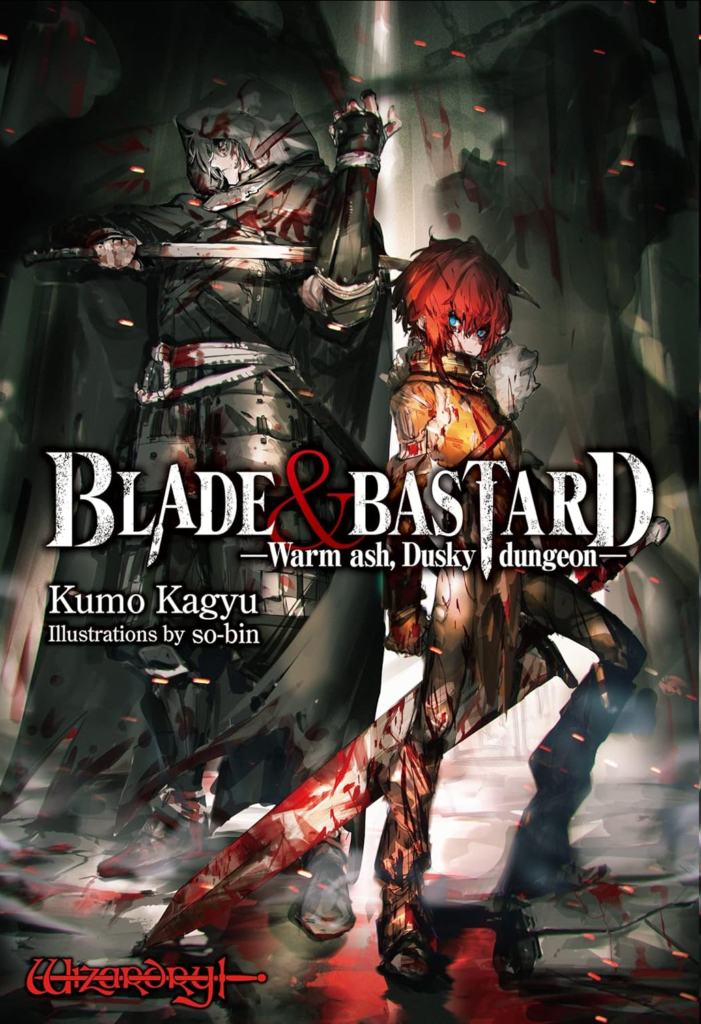Some days I write explanations of Kirby Air Ride City Trial netplay. Some days I write guides to new web media sites. And some days, I found a silly shooter on Youtube that I feel you have to know about. Guess which today is, boing!
I honestly never got into Touhou-style games, even though I know they’re popular and influential. Maybe I’d like them if I gave them a shot, but there’s so many other things to explore out there, I just haven’t found the time.
That Touhou style, and their tremendous Japaneseness is part of what The Girl From Gunma Kai has going for it. According to its instruction screens, it’s a spinoff from a light novel from 2014, and a sequel to a short tie-in game to that novel. It’s on Steam for $10, which may seem a bit much for a relatively short game that purposely chases the MSX aesthetic, with backgrounds that don’t move smoothly but lurch along character block grid, and with large characters that overwrite the background they appear in front of. But that’s just the kind of thing it is.
It’s certainly got tons of personality. While you control a flying anime girl who blasts animals, daruma and steam locomotives(?), a large distracting version of that girl resides in the border, dancing to the music. The “dancing” mostly means being horizontally mirrored to the beat, meaning the feathers in her hair swap sides every frame. In the upper-right corner appear descriptions (and English translations) of the various enemies the girl attacks, giving you helpful information on them, like that this one is made of two different-colored sprites, and that one happens to be delicious to eat.
It’s still an entertaining game to watch. Here’s a one-credit playthrough, although it doesn’t earn all the letters in NEPTUNE (a reference to the Neptunia games) so doesn’t get to go on to the secret end stages. It’s 31 minutes long, but if you don’t have an affection for this kind of fare you probably won’t watch it all. A few minutes will give you the idea. (I did watch the whole thing, mind you.)
At the end of the instructions, it says: The game includes a strong homage to the MSX which (creator) HUGA dearly loves, particularly aiming for the cheap rough-around-the-edges vibe of CASIO-made games. Back in the day, there were tons of these unpolished games, and we think there’s room for at least one today. We hope this game sparks a wave of cheap, carefree and delightfully crude games flooding the world—games you can play without overthinking it.
HUGA, you and me both. I love both your style and your affection for that era. May The Girl From Gunma Kai take over the world!







